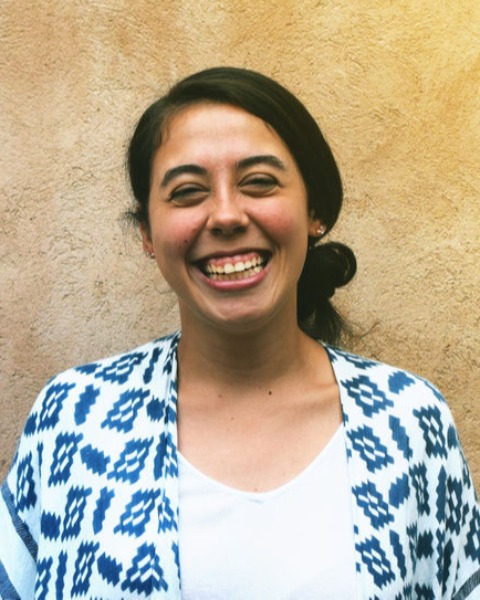Back
Population Diversity and Inclusive Design
UnOrthodox: The Power of Pop-Up Public Spaces
Sunday, April 2, 2023
3:00 PM – 3:15 PM CDT
Location: 113A
CM | .25
Division Endorsement: Urban Design and Preservation Division

Maria Gabriela Gonzalez
Urban Designer
Interface Studio
Philadelphia, Pennsylvania
Moderator and Speaker(s)
The costs of doing nothing to activate underutilized public spaces are many. From a land-use standpoint, there’s a missed opportunity to restore vibrancy (whether to parking spaces, vacant lots, or public spaces). For community members, there are fewer places that meet their needs for open space and recreation, free of cost. For municipalities, both large or small, there is a narrower canvas on which to explore creative, low-cost, high-impact solutions to public-space deficits.
Through the case study of the UnOrthodox interactive play space in North Philadelphia’s Bridesburg neighborhood, participants learn about the creation of a pop-up public space over a 12-month period – a project that featured collaboration among planners, artists, and the community. Presenters explain the design, scope, resource, and community-engagement implications of a small-scale, pop-up process, and describe the impact generated in the community after project implementation.
NPC Peer Reviewers assigned this presentation a learning level of Intermediate. For more on learning-level descriptions, visit our General Information Page.
Through the case study of the UnOrthodox interactive play space in North Philadelphia’s Bridesburg neighborhood, participants learn about the creation of a pop-up public space over a 12-month period – a project that featured collaboration among planners, artists, and the community. Presenters explain the design, scope, resource, and community-engagement implications of a small-scale, pop-up process, and describe the impact generated in the community after project implementation.
NPC Peer Reviewers assigned this presentation a learning level of Intermediate. For more on learning-level descriptions, visit our General Information Page.
Learning Objectives:
- Learn about the planning and community-engagement process behind a pop-up public space.
- Explore the potential of art, play, storytelling, and placemaking to connect past and present.
- Understand the benefits and limits of pop-up public spaces.
